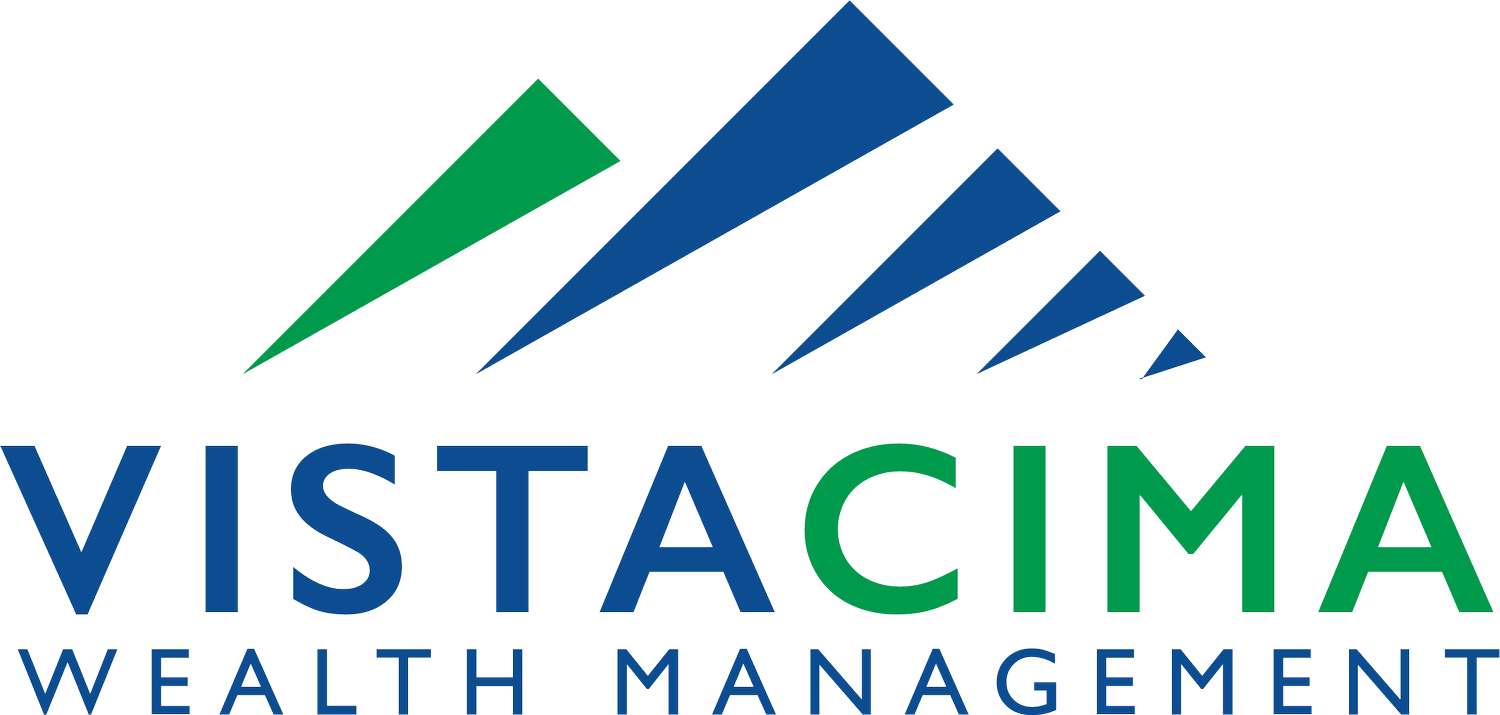
401(k) Planning
When it comes to retirement planning, 401(k) services have become an integral part of the financial landscape. These accounts offer individuals a valuable tool for saving for their retirement years. In this comprehensive guide, we will explore the basics of 401(k) services, their benefits, and how financial advisors can assist clients in making the most of their 401(k) investments.
Understanding 401(k) Plans
A 401(k) plan is an employer-sponsored retirement savings vehicle that enables employees to contribute a portion of their income into investment accounts for retirement. These contributions are deducted from pre-tax earnings, reducing taxable income and allowing investments to grow tax-deferred over time.
Key Features of 401(k) Plans
Employee Contributions: Participants can allocate a portion of their salary to their 401(k) account through payroll deductions. These contributions are made on a pre-tax basis, reducing taxable income and fostering long-term savings growth.
Employer Matching Contributions: Many employers offer matching contributions to incentivize employee participation in the 401(k) plan. Employer matches are typically based on a percentage of employee contributions, providing an opportunity for additional retirement savings.
Tax-Deferred Growth: Investments within a 401(k) plan grow tax-deferred, meaning that earnings on contributions are not taxed until withdrawn in retirement. This tax-deferral feature allows investments to compound over time, maximizing wealth accumulation.
Investment Options: 401(k) plans offer a range of investment options, including mutual funds, index funds, ETFs, and target-date funds. Participants can customize their investment mix based on their risk tolerance and retirement goals.
Strategies for Maximizing 401(k) Benefits
Maximize Contributions: Aim to contribute the maximum allowable amount to your 401(k) plan each year to take full advantage of tax-deferred growth and employer matching contributions.
Utilize Employer Matches: Contribute enough to your 401(k) plan to receive the full employer match, as this represents additional retirement savings without any out-of-pocket expense.
Diversify Investments: Build a diversified investment portfolio within your 401(k) plan to spread risk and maximize potential returns over the long term.
Regular Review and Rebalancing: Periodically review your 401(k) investments and rebalance your portfolio as needed to ensure alignment with your retirement objectives and risk tolerance.
Consider Catch-Up Contributions: Individuals aged 50 and older are eligible to make catch-up contributions to their 401(k) plans, allowing them to accelerate retirement savings in the years leading up to retirement.
Conclusion
401(k) plans represent a cornerstone of retirement planning, offering tax advantages, employer matching contributions, and investment flexibility. By understanding the fundamentals of 401(k) plans and implementing strategic savings strategies, individuals can build a robust retirement nest egg and achieve financial security in their golden years. Remember, proactive participation, prudent investment decisions, and disciplined savings habits are key to unlocking the full potential of your 401(k) plan and securing a comfortable retirement.

